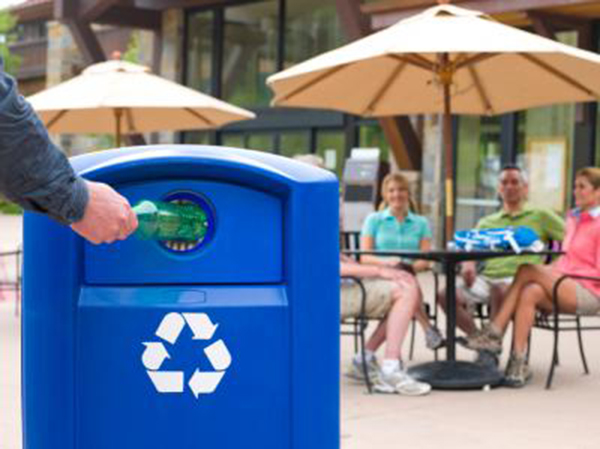© 2018 Zhangjiagang Sevenstars Machinery Co.,Ltd. All rights reserved. Site Map Designed by iwonder.cn privacy policy
Plastic recycling machine factory with 15 years experience
Plastic recycling machine factory with 15 years experience
Plastics recycling has a long and interesting history. It has expanded rapidly over the past few decades—today nearly all Americans have access to a plastics recycling program. And consumers now can find a wide range of products made with recycled plastics, from furniture to clothing to kitchen gadgets, which gives new life to these valuable materials by closing the recycling loop. Here are some milestones in the history of recycling plastics.
Plastics Recycling History
1972
The first recycling mill to accept residential plastics began operations in Conshohocken, Pa.
1980s
Major U.S. cities began establishing curbside collection programs for plastics and other recyclables.
1984
Plastics recycling topped 100 million pounds in the U.S. for the first time in the history of plastics recycling.
1986
Rhode Island became the first state in the history of recycling to mandate recycling, including some plastic bottles and containers.
1988
The triangular symbol to identify the plastic resin used to make packaging was adopted and quickly became widespread. Recyclers and consumers used the resin code to help them identify and sort plastics for recycling (although recyclers today generally use high-tech sorting equipment).

1988—1992
Number of curbside recycling programs, many of which began collecting plastics, jumped from 1,000 in 1988 to nearly 5,000 by 1992.
1990
Coca-Cola began blending recycled plastics into its beverage bottles, giving used plastics a new life.
1993
Patagonia began making clothing with plastics from recycled bottles that were cleaned, melted, stretched, and woven into soft, durable fabrics for fleece jackets and other outdoor gear—a process still in use today.
Mid-1990s
Many major grocery and retail stores began in-store collection of plastic bags for recycling—many later added flexible plastic wraps (such as from paper towels, diapers, cases of water, dry-cleaning, etc.) to the list of plastics collected in-store.
1997
America Recycles Day was founded by the National Recycling Coalition to encourage Americans to recycle more every day—today it’s sponsored by Keep America Beautiful.
1997
The company Preserve began making toothbrushes out of recycled polypropylene and later launched its Gimme 5 collection program to produce reusable tableware, food storage containers, kitchenware and more made from recycled polypropylene.

2000s
Communities began introducing “all bottles” collection so residents could toss any plastic bottle into the curbside bin, greatly simplifying recycling and boosting collection.
2001
Major recyclers began collecting recyclable plastics and other materials in a “single stream”— meaning residents toss plastics, glass, metals, and paper in a single large curbside bin, leading to recovery of up to three times more recyclable materials.
2010
Recyclers began asking consumers to place plastic caps (mostly polypropylene) back on bottles to be recycled.
2011
Recycling of plastic bags and flexible product wraps topped one billion pounds in the U.S.—55 percent growth since 2005.
2011—2013
Number of U.S. cities collecting all plastic bottles reached more than 2,000 in 2013—a significant increase from 1,570 cities in 2011. Number of U.S. cities collecting non-bottle “rigid” containers reached more than 1,660 in 2013—a significant increase from 1,200 cities in 2011.
2013
The number of drop-off locations, such as major retail and grocery stores, for plastic bags and wraps reached more than 17,500. Americans’ access to plastic bottle recycling reached 94 percent.
2016
Study finds that more Americans are able to recycle more plastics than ever before.